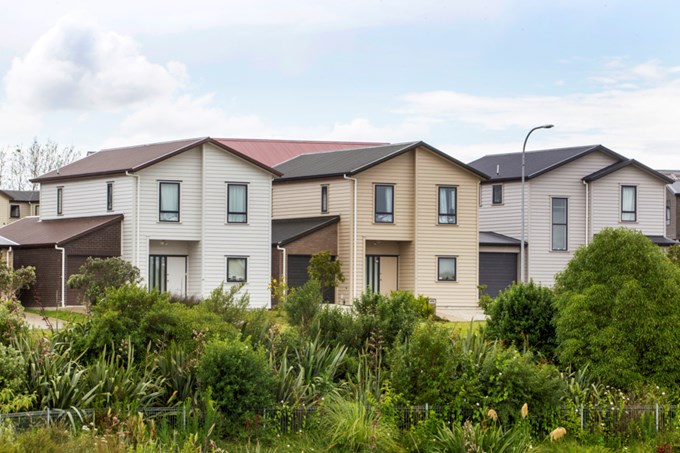It’s no secret that Auckland has a housing crisis. Income growth hasn’t kept pace with either house price or rent increases in the city for more than two decades. The median house price has gone from roughly four times the median household income in 2002 to roughly nine times that amount today.
Though those trends have impacted every strata of society, Māori are disproportionately affected. Māori home ownership rates have dropped consistently for decades, and Māori are over-represented in Auckland’s homelessness statistics. They have borne the brunt of the crisis.
The Kāinga Strategic Action Plan is an attempt to address that disparity. The wide-ranging document, commissioned by the Independent Māori Statutory Board in May 2018, outlines a strategy for ending homelessness and increasing Māori participation in Auckland’s housing market.
Much of the plan is focused on bridging the gap between social housing and low-cost housing programmes such as the fledgling KiwiBuild programme. It calls for increasing iwi and hapū involvement in Auckland’s governance, and in developing housing across the region. On a government level, it recommends establishing an associate minister devoted to Māori housing.
The guiding principle for the plan is in the name: Kāinga. That word refers to a Māori village. In this context it means recognising the need for an intentionally and specifically Māori approach to improving Māori housing outcomes. Kāinga is a plan of Māori and for Māori. It recognises the visions and terms of Te Tiriti o Waitangi. It is a housing plan, but one grounded in human values.


